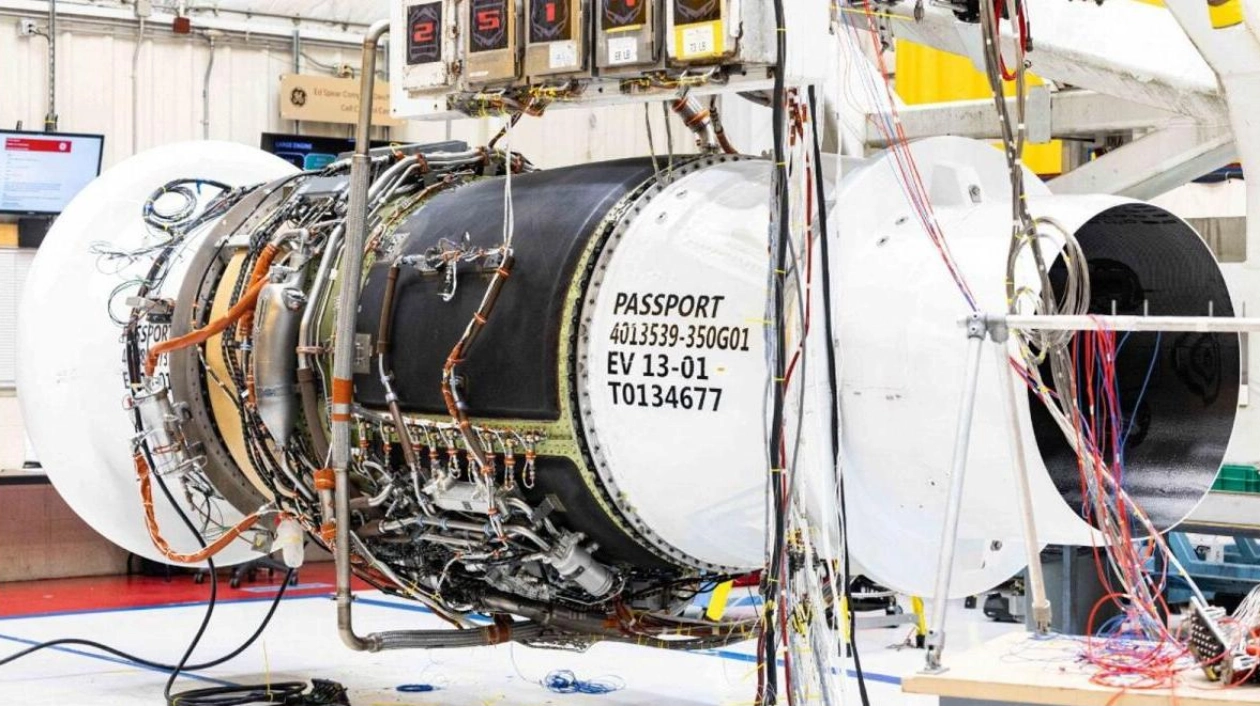GE Aerospace is working on a hybrid electric engine, aiming to equip next-generation narrow-body jets by the mid-2030s. Although the technology is in its testing phase, if successful, GE could manufacture hybrid-engine jets, akin to a Toyota Prius in the sky, significantly reducing global aviation carbon emissions, with half stemming from single-aisle jets. Hybrid technology is prevalent in cars, yet achieving carbon neutrality in aerospace is notably challenging. Hybrid engines in aircraft utilize multiple energy sources during flight, with Airbus suggesting that a blend of jet fuel or sustainable aviation fuels with electricity can decrease fuel usage by up to 5% compared to conventional flights. GE Aerospace collaborates with NASA on a project integrating electric motors or generators into a high-bypass turbofan to enhance power during various flight stages. Recently, GE announced the completion of initial tests on hybrid components and a baseline engine test, with plans to test these components integrated with the engine. The global aviation sector aims for net-zero emissions by 2050, but technologies like electric and hydrogen-powered aircraft remain unproven, complicating decarbonization efforts, which contribute to about 2% of global emissions. The aviation industry faces a new challenge in developing more fuel-efficient engines to reduce emissions, with environmental critics deeming industry net-zero targets unrealistic and suggesting a significant global reduction in flying as the only viable path. GE Aerospace's hybrid engine program is part of multiple initiatives to enhance fuel efficiency. In collaboration with France's Safran, GE tests components for an open-bladed jet engine for future medium-haul jets, targeting a 20% reduction in fuel use and emissions from the mid-2030s. Competitor RTX is also developing a hybrid-electric technology demonstrator, aiming for a 30% improvement in fuel efficiency by integrating a thermal engine with an electric motor.

Text: Lara Palmer
19.06.2024
GE's Hybrid Technology Aims to Significantly Reduce Aviation Carbon Emissions by Mid-2030s





